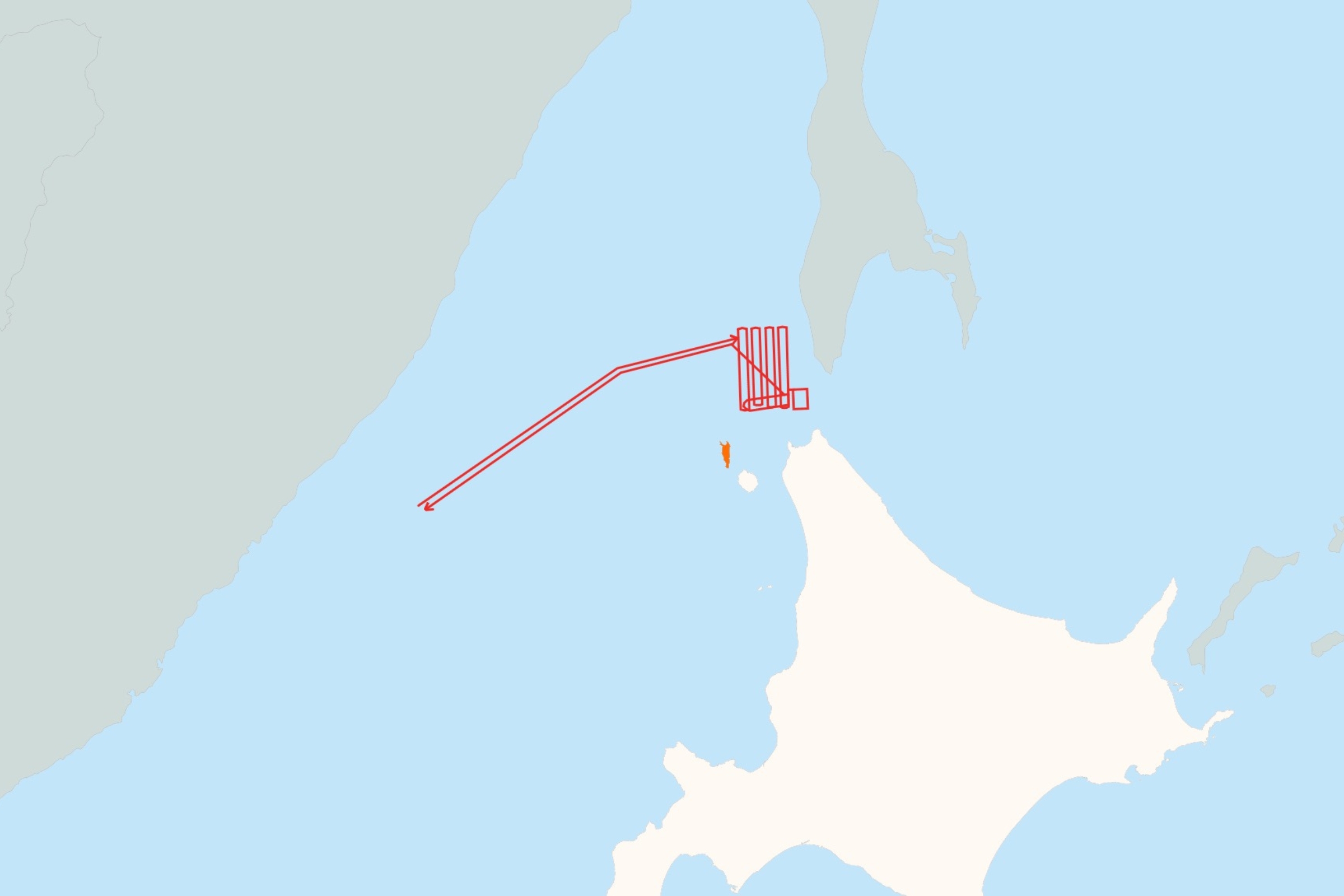A Japanese fighter jet fired a signal flare as a warning for the first time after a Russian military aircraft intruded the country’s airspace three times within three hours on Monday.
The Russian Il-38 maritime patrol and anti-submarine warfare aircraft flew north of Rebun Island three times from 1 p.m. and 4 p.m., violating Japanese airspace with each encroachment lasting for 30 seconds to one minute, the defense ministry in Japan reported.
Japan’s national airspace includes airspace above its territorial seas, which are claimed up to 12 nautical miles from the country’s baseline. It is subject to the sovereignty of Japan.
Japan established a large air defense identification zone surrounding the country as well. ADIZ is a defined stretch of international airspace that requires the ready identification of all aircraft in the interest of national security. It begins where sovereign airspace ends.
The small island in the Sea of Japan is situated off the northwestern tip of Hokkaido, one of Japan’s four main islands, and to the southwest of Russia’s Sakhalin Island. To the east of it is the La Perouse Strait, an international waterway known as the Soya Strait.
Japan’s defense ministry
The aerial intrusion came as a total of nine Russian and Chinese warships transited the La Perouse Strait for exercise in the Sea of Okhotsk, situated to the east of the strait, on the same day. It was not clear whether the Il-38 was providing support to the joint flotilla.
According to the Japanese defense ministry, the country’s air force deployed fighter jets—the F-15 and the stealthy F-35—to intercept. Following the first intrusion, the Japanese fighter jets warned the Russian military aircraft repeatedly to leave the airspace of Japan.
However, the Russian military aircraft defied the repeated warnings and continued to fly within the Japanese airspace two more times. One of the Japanese fighter jets then fired the signal flare following the third intrusion as a warning against the Russian intruder.
A map attached to the Japanese defense ministry’s report showed the Il-38 circled north of Rebun Island multiple times. The aircraft later flew southwestward over the Sea of Japan, separating Russia to the west and Japan to the east, and returned to the Russian Far East.
During a visit to New York on Monday, Japanese Prime Minister Fumio Kishida said he had lodged a strong protest with Russia and demanded Moscow prevent further violations. “Japan will resolutely protect its territory, territorial waters, and airspace,” he emphasized.
Yoshimasa Hayashi, who is the Chief Cabinet Secretary of Japan and the top government spokesperson, called the Russian intrusion “extremely regrettable.”
Newsweek has reached out to both the foreign ministry and defense ministry in Moscow for comment by email.
Russian military aircraft have been operating within Japan’s ADIZ previously. A pair of Tu-142 maritime reconnaissance and anti-submarine warfare aircraft circumnavigated around Japan, from Hokkaido in the north to Okinawa Island in the south, on September 12.
China, the quasi-ally of Russia, had sent a Y-9 reconnaissance aircraft near Japan’s Danjo Islands in the East China Sea on August 26. The Chinese military aircraft breached the Japanese airspace for two minutes, marking the first such alleged intrusion on record.
